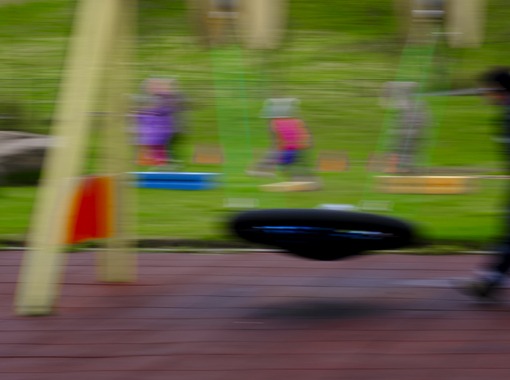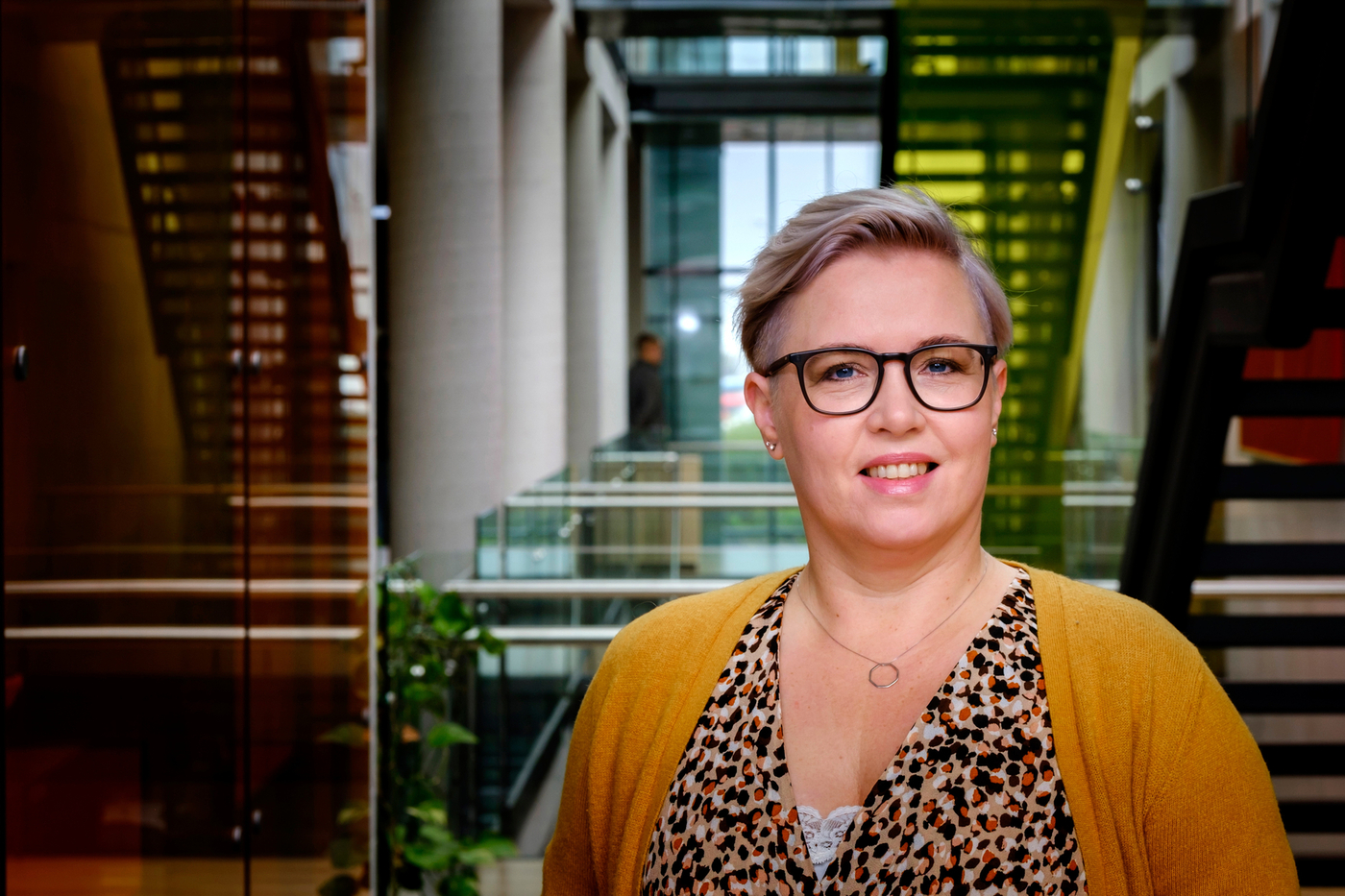The preschool years are among the most important in every child's life. It is during this time that they take their first steps in developing social interactions with other children. The social interactions of young children are significantly different from those of adults, and these interactions are the focus of Bryndís Gunnarsdóttir, a doctoral student and adjunct at the School of Education at the University of Iceland, who specializes in non-verbal social interactions of two-year-olds in Icelandic preschools. This includes various types of interactions that do not occur in spoken language.
Bryndís, a trained preschool teacher, observed how young children in preschool engage in extensive social interactions and have a strong need and desire to interact with other children in their environment.
Studies point to extensive non-verbal communication among children
Bryndís says that the predominant discourse, both in the preschools and in society, suggests that two-year-olds are self-sufficient and prefer to play alone or alongside others without enganging in interaction with each other. This is overlooking the non-verbal communication that is going on among the children. "Very interesting research has been conducted in the last 10-15 years, where results show that they engage in social interactions that are often unnoticed. I wanted to examine precisely how these interactions look," says Bryndís.
In her research, Bryndís explores how children use body language and non-verbal communication to initiate interactions with other children of the same age. She also investigates how these interactions contribute to building the social cohesion of the children. The non-verbal methods Bryndís examines in her research include eye contact, touch, humour, as well as smiles and other facial expressions. Children use this behaviour to initiate interactions and express their interest in being together.
The research was conducted in an Icelandic preschool, with 19 participants on the youngest level. Bryndís recorded their interactions on video, focusing on situations where children were either playing freely in pairs, or in groups of three or more. "I followed the children throughout the school year and then analysed the interactions using methods of discourse analysis, examining short interactions in detail," adds Bryndís.
Non-verbal communications between children are similar to adult conversations
Asked about the research findings, Bryndís says that the analysis is still ongoing, but some results are already apparent. "First and foremost, they show that these non-verbal physical expressions that children use are very beneficial, and they have a significant ability to use them," she mentions. Furthermore, these non-verbal methods are often structured similarly to spoken conversations among adults. Children are adept at reading situations and responding to other children, correcting themselves if necessary. According to Bryndís, the results indicate that children are highly active and possess a considerable ability to use these methods to engage others in play.
"I would like the discussion on young children and preschool to focus more on the professional work that needs to take place in the youngest divisions under the leadership of preschool teachers who are familiar with the latest research on young children and preschools, rather than the needs of the labour market," says Bryndís. image/Kristinn Ingvarsson

Bryndís states that the research provides valuable input for the quality of preschool work with young children, and she believes that more research on preschool work with them, especially as younger children enter preschools, is crucial. "I think that if preschool teachers and staff are familiar with these behaviours children are using to engage in interactions, it would be possible to better adapt the work accordingly and examine it better based on whether it supports these non-verbal communications or even hinders them without people being aware of it," says Bryndís.
Social interactions are fundamental to enhancing the quality of preschool work
In Bryndís's view, social interactions are a fundamental element in improving the quality of preschool work with young children, ensuring that they always have opportunities to interact with the other children. Through her research, Bryndís hopes that preschool managers in Iceland recognize the importance of having small groups of children so that teachers and staff can support these interactions. Additionally, she advocates for expanding the physical space of children allowing them to move and use their bodies in the social group. "I would like the discussion on young children and preschool to focus more on the professional work that needs to take place in the youngest divisions under the leadership of preschool teachers who are familiar with the latest research on young children and preschools, rather than the needs of the labour market," adds Bryndís.
Bryndís presents her research, and her doctoral committee includes Amanda Bateman, professor at Birmingham City University, who is the main supervisor, Sally Peters, professor at the University of Waikato in New Zealand, and Hrönn Pálmadóttir, associate professor at the School of Education at the University of Iceland.




